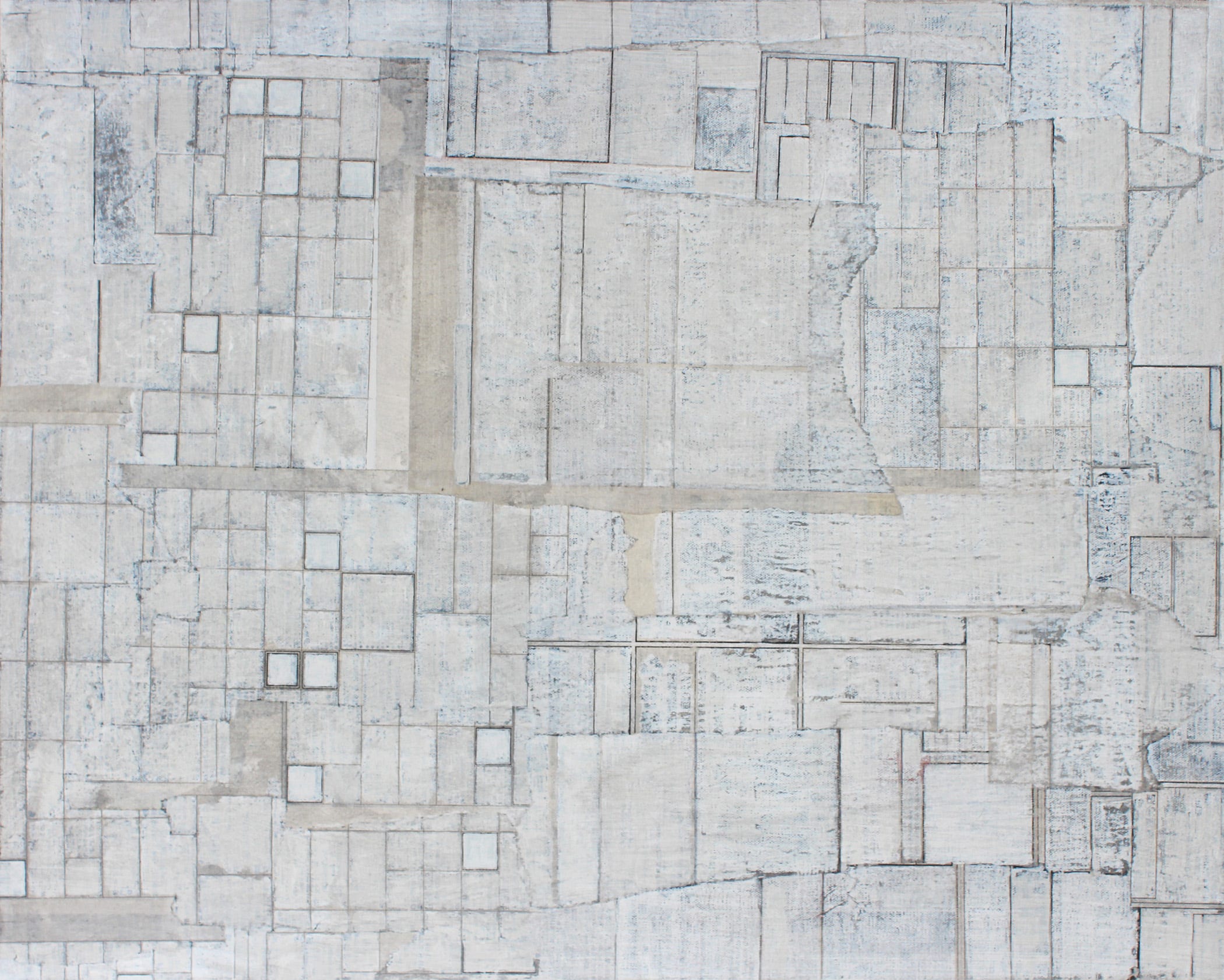1. Model Bill (Legislative Language)
Adaptive Grid Redistricting Act
Section 1. Purpose.
To ensure fair, transparent, and nonpartisan redistricting by establishing an automated, reproducible process using adaptive grids, public randomness, and compliance with the Voting Rights Act.
Section 2. Definitions.
District: A voting district for the United States House of Representatives or for the state legislature.
Adaptive Grid: A recursive subdivision of state territory into square or rectangular cells adjusted for population density.
Anchor: A minimal contiguous population cluster of a protected minority group sufficient to create an opportunity district under federal law.
Seed: A publicly disclosed random number that determines grid origin, orientation, and tie-breaking.
Section 3. Process.
(a) Population Basis: Districts shall be drawn using the most recent United States Census, supplemented by intercensal estimates where necessary.
(b) Adaptive Grid: The state shall apply an equal-area projection and construct an adaptive grid that subdivides until each cell contains less than a set fraction of the ideal district population.
(c) Anchor Identification: Protected minority clusters meeting the criteria established in Thornburg v. Gingles shall be designated as anchors. Anchors must be preserved as district cores.
(d) District Assembly:
Districts shall first be grown outward from anchors until population equality is achieved.
Remaining districts shall be assembled from grid cells using a seeded random order.
All districts must be contiguous and as compact as practicable.
Counties, municipalities, and tribal lands shall not be split except where required for population equality or VRA compliance.
(e) Randomness: The Secretary of State shall conduct a public lottery to generate the seed prior to each redistricting. The seed and source code must be published.
(f) Validation: Each plan shall undergo independent validation for equal population, contiguity, compactness, community splits, partisan symmetry, and Voting Rights Act compliance.
(g) Certification: If multiple plans satisfy all requirements, the plan with the greatest overall compactness shall be adopted.
Section 4. Frequency.
(a) Districts shall be redrawn every ten years after the Census.
(b) The Legislature may by statute provide for mid-decade or per-election redraws, provided all requirements of this Act are met.
Section 5. Transparency.
All data, code, seeds, intermediate maps, and validation reports shall be made publicly available in reproducible formats.
Section 6. Enforcement.
Any plan failing to satisfy these provisions shall be void. Courts shall apply strict scrutiny to any deviation.
2. Plain-English Specification (Public-Facing Summary)
How the Grid Redistricting System Works
Start with the population. Each state’s population is divided by the number of districts to find the target size.
Lay a grid. The map is projected onto an equal-area grid that splits into smaller squares in cities and stays large in rural areas.
Protect minority voices. If a community of color is large and compact enough to elect its own candidate, that cluster becomes an “anchor” around which a district is built.
Build districts. Anchors grow outward by adding grid squares until they reach the right size. Then the rest of the districts are built from the remaining squares.
Use a lottery. A public drawing picks a random seed that determines the grid’s starting point. Anyone can rerun the process on their computer and get the same result.
Check fairness. Every plan is tested:
Populations must be equal.
Each district must be in one piece.
Districts must be reasonably compact.
Counties, towns, and tribal lands are kept together as much as possible.
Minority communities must not be broken up.
Publish everything. Maps, code, data, and random seeds are all posted online so citizens and watchdogs can verify the process.
Adopt the fairest version. If multiple maps meet the rules, the most compact one is chosen.
“Upon the Citizen Rests the Fate of the Nation”
Myself, I am a studio artist and a citizen. My job and my duty is to start the conversation and seed the imagination. It is up to others in the right places to nurture it into a reality. We all have a part to play. What’s your part? Do it.
Hashtags to use: #CreativeFreedomAct #CultureShiftAct #CreativeSocietyAct
web address: https://www.touchonian.com/s/creative-freedom-act




Yeah, the other one was the technical framework. This post is an actual basic bill that you can send to your representatives in the state government and an explainer.
Much better! I can actually comprehend it. Time for coffeeeeee!